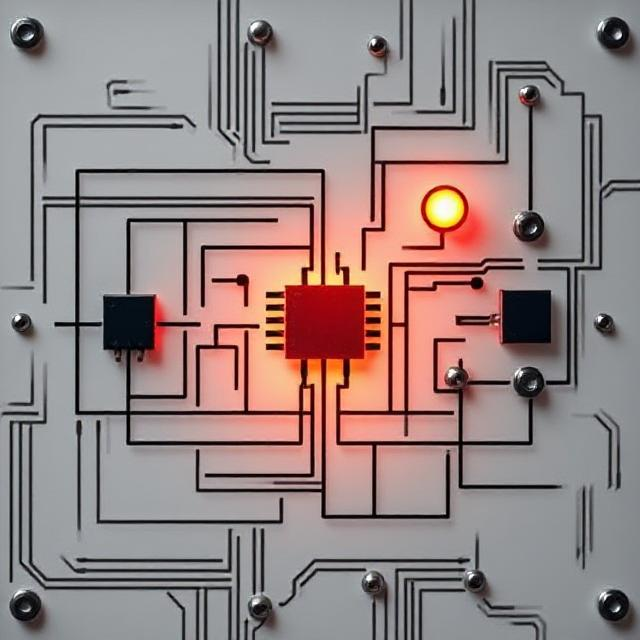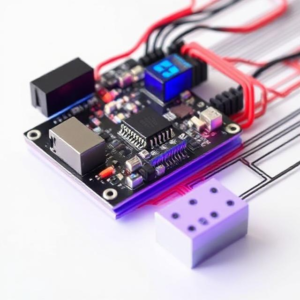Circuit analysis is the process of understanding how electrical circuits work. It involves studying how current (the flow of electric charge) and voltage (the push that moves the charge) behave in a circuit.
It helps us:
-
Find out how much current flows through each part
-
Know how much voltage is across components
-
Design circuits that work properly

What Is an Electric Circuit?
An electric circuit is a closed loop where electric current flows. It usually has:
-
Voltage source (like a battery or power supply)
-
Conducting wires
-
Electrical components (like resistors, capacitors, switches, etc.)
Example:
A simple circuit might have a battery, a switch, and a light bulb. When the switch is on, current flows from the battery, through the bulb (lighting it), and back to the battery.
Basic Circuit Elements
1. Resistor (R)
-
Slows down the flow of current
-
Measured in ohms (Ω)
-
Follows Ohm’s Law:
2. Voltage Source (V)
-
Pushes electric current through the circuit
-
Like the “pressure” in water pipes
3. Current (I)
-
Flow of electric charge
-
Measured in amperes (A)
4. Capacitor and Inductor (in advanced circuits)
-
Store energy for short periods
Important Laws in Circuit Analysis
Ohm’s Law
-
Tells the relationship between voltage (V), current (I), and resistance (R)
Kirchhoff’s Laws
1. Kirchhoff’s Current Law (KCL)
-
The total current going into a point = the total current leaving that point
2. Kirchhoff’s Voltage Law (KVL)
-
The sum of all voltages around a closed loop = 0
These laws help solve for unknown values in circuits.
Types of Circuits
1. Series Circuit
-
Components are connected end-to-end
-
Same current flows through all components
-
Total resistance = sum of all resistors
2. Parallel Circuit
-
Components are connected side-by-side
-
Voltage is the same across each branch
-
Total resistance is less than the smallest resistor
Steps in Basic Circuit Analysis
-
Identify whether it’s a series or parallel circuit
-
Label all components and known values (V, I, R)
-
Use Ohm’s Law to find missing values
-
Apply Kirchhoff’s Laws to solve loops or junctions
-
Check units and results for correctness
Tools Used
-
Multimeter: Measures voltage, current, resistance
-
Circuit diagrams: Use symbols to show how components are connected
-
Simulation software: Like Multisim or LTspice to test circuits without building them physically
Summary
| Concept | Meaning |
|---|---|
| Circuit | A closed path where current flows |
| Ohm’s Law |
|
| Series Circuit | One path; same current through all parts |
| Parallel Circuit | Multiple paths; same voltage across branches |
| KCL (Current Law) | Current in = Current out at any node |
| KVL (Voltage Law) | Voltage gains = Voltage drops around a loop |











